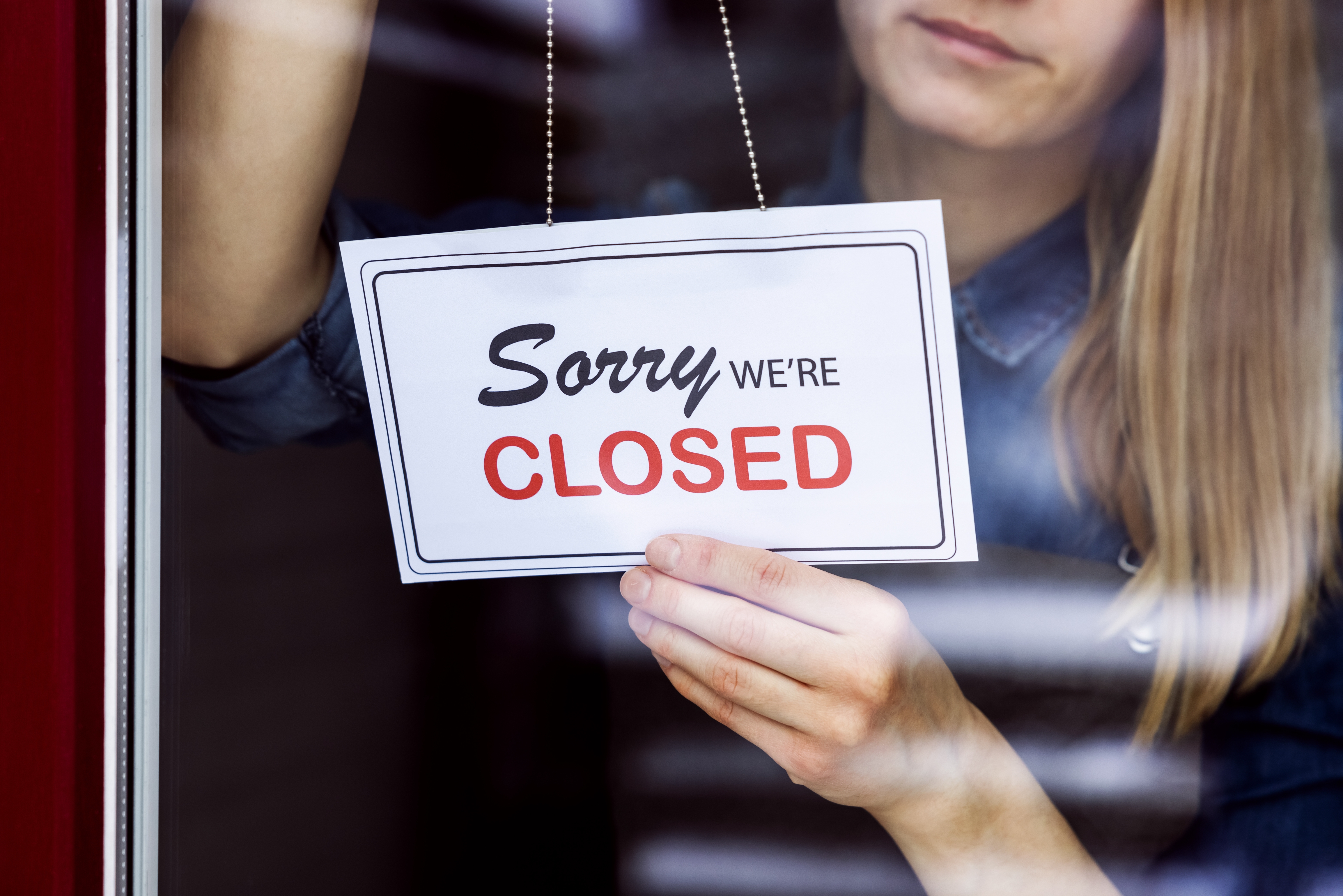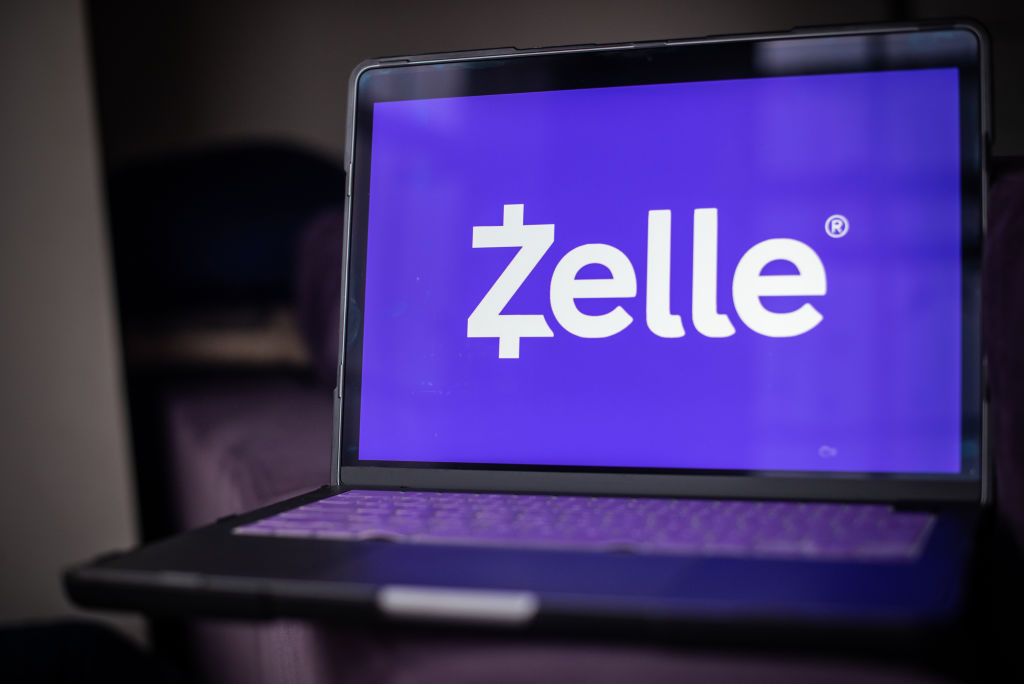Shrinkflation Is Real. Here's How to Fight Back
Feeling the impact of shrinkflation? To avoid raising prices, some manufacturers are reducing the size of common grocery items. Here’s how to fight back.


For expert advice on shrinkflation and what to do about it, Kiplinger interviewed Edgar Dworsky, a longtime consumer advocate and founder of Consumer World, which provides consumer news, alerts about common scams, and advice on how to save money.
What is "shrinkflation," and why is this phenomenon occurring?
Manufacturers are facing increased costs across the board. Prices of raw materials, labor and transportation have surged, primarily due to rising fuel costs. To offset these expenses, companies have several options. They can increase prices, but noticeable price hikes could lead to consumer backlash. Consumers are very price sensitive, and they’ll notice if their orange juice goes up from $2.99 to $3.29 a carton. Another option is reformulating products with cheaper ingredients, but that risks compromising quality. They can absorb the costs, but that’s not sustainable. So instead, many opt for a subtle reduction in product sizes, effectively implementing covert price increases that often go unnoticed by consumers.
How can consumers combat this trend?
Consumers must become vigilant about net weights. Paying attention to details like the number of tissues in a box or the weight of cereal boxes is crucial. You can use unit pricing on the store shelf to figure out which is the best deal per ounce or per 100 count. You can also complain to companies, explore competing brands or opt for store brands, which tend to resist downsizing.

Sign up for Kiplinger’s Free E-Newsletters
Profit and prosper with the best of expert advice on investing, taxes, retirement, personal finance and more - straight to your e-mail.
Profit and prosper with the best of expert advice - straight to your e-mail.
With prices still elevated post-pandemic, what’s the most effective way to save money on groceries?
Most people live near two or three different supermarkets, so being selective and taking advantage of bargains is key. Before shopping, review supermarket ads for sales so you can identify the best deals and make bulk purchases to maximize savings. If an item is nonperishable and really a sensational bargain, stock up. Why buy only one bottle of apple juice if it’s on sale?
It’s also important to develop price awareness so you can identify fluctuations and seize opportunities. Be aware of what you usually pay — $2.99 for XYZ cereal, for example — so you can spot a good deal when it’s advertised or when you’re in the store and you can recognize when the price has changed. Vigilance against deceptive advertising is essential, although there hasn’t been a lot of deceptive advertising at supermarkets. Department stores, however, have faced scrutiny for misleading promotions, often inflating regular prices to exaggerate discounts.
Do you recommend using coupons to cut grocery store costs?
Using coupons, especially at stores offering double coupons, will save you money. Using digital coupons will also cut costs, but you need to load those onto your digital loyalty card account, usually before you go to the store, and that can be a pain in the neck.
Unfortunately, consumers who aren’t computer savvy are losing out on those deals. If you’re one of those folks, go to the customer service desk and ask whether there’s some way you can take advantage of the digital coupon prices. Some stores are beginning to make accommodations for seniors and others who can’t use digital coupons.
Note: This item first appeared in Kiplinger's Personal Finance Magazine, a monthly, trustworthy source of advice and guidance. Subscribe to help you make more money and keep more of the money you make here.
Related Content
Get Kiplinger Today newsletter — free
Profit and prosper with the best of Kiplinger's advice on investing, taxes, retirement, personal finance and much more. Delivered daily. Enter your email in the box and click Sign Me Up.

Emma Patch joined Kiplinger in 2020. She previously interned for Kiplinger's Retirement Report and before that, for a boutique investment firm in New York City. She served as editor-at-large and features editor for Middlebury College's student newspaper, The Campus. She specializes in travel, student debt and a number of other personal finance topics. Born in London, Emma grew up in Connecticut and now lives in Washington, D.C.
-
 6 Stunning Waterfront Homes for Sale Around the US
6 Stunning Waterfront Homes for Sale Around the USFrom private peninsulas to lakes, bayous and beyond, Kiplinger's "Listed" series brings you another selection of dream homes for sale on the waterfront.
By Charlotte Gorbold Published
-
 Six Reasons to Disinherit Someone and How to Do It
Six Reasons to Disinherit Someone and How to Do ItWhether you're navigating a second marriage, dealing with an estranged relative or leaving your assets to charity, there are reasons to disinherit someone. Here's how.
By Donna LeValley Published
-
 How to Get Apple TV Plus for just $2.99
How to Get Apple TV Plus for just $2.99For a limited time, you can get three months of Apple TV Plus for just $2.99 per month. Here’s how to get the deal.
By Rachael Green Published
-
 Don’t Panic About the “Retail Blackout” – See Which Stores Are Closing (and Which Aren’t) for Easter 2025
Don’t Panic About the “Retail Blackout” – See Which Stores Are Closing (and Which Aren’t) for Easter 2025Dozens of major retailers are planning to close their doors on April 20. Find out which of your go-to stores are on the list.
By Rachael Green Published
-
 Home Insurance: How to Cut Costs Without Losing Coverage
Home Insurance: How to Cut Costs Without Losing CoverageNatural disasters are causing home insurance premiums to soar, but don't risk dropping your coverage completely when there are ways to keep costs down.
By Jared Elson, Investment Adviser Published
-
 Why Homeowners Insurance Has Gotten So Very Expensive
Why Homeowners Insurance Has Gotten So Very ExpensiveThe home insurance industry is seeing more frequent and bigger claims because of weather, wildfires and other natural disasters.
By Karl Susman, CPCU, LUTCF, CIC, CSFP, CFS, CPIA, AAI-M, PLCS Published
-
 Zelle App Shut Down? Why Zelle Has Discontinued Its App
Zelle App Shut Down? Why Zelle Has Discontinued Its AppWith the Zelle app shut down, learn how you can still use Zelle and which other mobile payment apps you might want to consider.
By Paige Cerulli Published
-
 Use This 1-Year CD if You’ll Owe Taxes Next Year
Use This 1-Year CD if You’ll Owe Taxes Next YearA one-year CD allows you to set money aside now for taxes you'll owe next year. We'll show our best choice.
By Sean Jackson Published
-
 How to Lower Home Insurance Rates When Climate Change Increases Costs
How to Lower Home Insurance Rates When Climate Change Increases CostsA top insurer warns the damage climate change causes is making it cost-prohibitive for insurers in some areas. Learn how to protect your home and lower costs.
By Sean Jackson Published
-
 Stick to the Plan: Don't Panic During Economic Uncertainty
Stick to the Plan: Don't Panic During Economic UncertaintyTake a breath and step back. Focus on a solid fiscal foundation to stabilize your investments during stock market volatility.
By Eric Lahaie, CFS®, RICP® Published